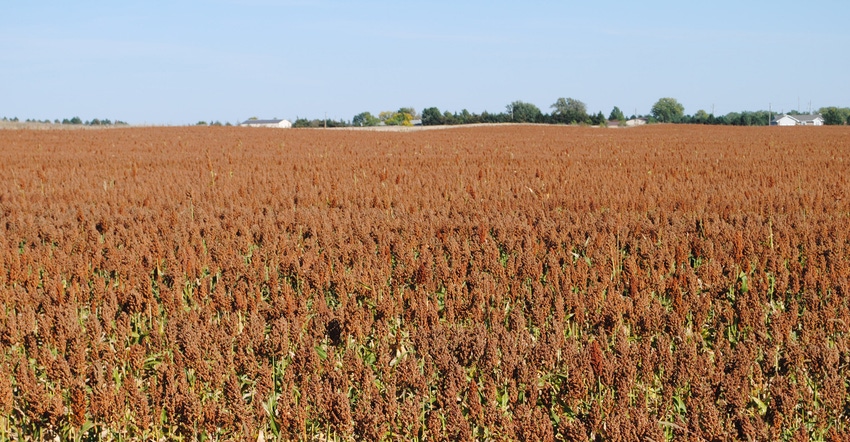June 17, 2021

The High Plains Agricultural Laboratory in Sidney, Neb., is a busy place. While COVID-19 postponed the lab’s true 50th anniversary celebration in 2020, this year marks 50 (+1).
It was 50 years ago last August that the U.S. Department of Defense deeded 2,410 acres of land, previously part of a military munitions depot, to the University of Nebraska to use for research. Since then, research conducted at HPAL has contributed greatly to crop and livestock production.
HPAL consists of working laboratories for crops and livestock research, with 710 acres devoted to crops, divided into 17 fields — with the remaining 1,700 acres in grazing land, split into 12 pastures. Two of the crop fields are equipped with lateral-move sprinkler systems to supplement natural rainfall.
The future for HPAL includes updated facilities, equipment and capacity, and a new role as the headquarters of the Nebraska Variety Testing Program. An office research building was built at the lab in 2015. Learn more by emailing Cody Creech at [email protected].
Sorghum research answers drought-tolerance questions
A University of Nebraska-Lincoln team led by former postdoctoral fellow Lucas Busta, working in the lab of Ed Cahoon, director of the Center for Plant Science Innovation, has taken a big step toward identifying the biochemical and genetic basis for the large differences in the ability of corn and sorghum to tolerate environmental extremes.
These differences, with research published recently in the journal Proceedings of the National Academy of Sciences, explain why sorghum is a grain and forage crop of choice for semiarid climates. This is attributed, in part, to the large amounts of wax that coat sorghum’s leaves and stems and serve as a barrier to water loss, especially at high temperatures.
The research team discovered that sorghum not only has more wax on its surfaces than corn, but it also has a highly enriched, steroid-like wax on mature plants. The abundance of this kind of wax was missed in previous analysis of sorghum, and researchers found that corn wax is devoid of this component.
See the complete study at pnas.org.
East Campus Discovery Days kicks off
The inaugural IANR University of Nebraska East Campus Discovery Days and Farmers Market kicked off June 12 on East Campus in Lincoln. The event is much more than a farmers market. It includes hands-on, science-based experiences from various Nebraska departments, as well as a vendor fair, live music and food trucks to complete the festivities.
Campus visitors have the opportunity during these events to tour the Backyard Farmer garden; the arboretum on campus; the newly renovated Dairy Store and Dinsdale Family Learning Commons; and the Nebraska Hall of Agricultural Achievement interactive digital kiosk.
Subsequent events are planned throughout the summer for July 10 and Aug. 14, running 10 a.m. to 2 p.m. each of those days. Learn more by emailing Jessie Brophy at [email protected].
Read more about:
Covid 19You May Also Like




